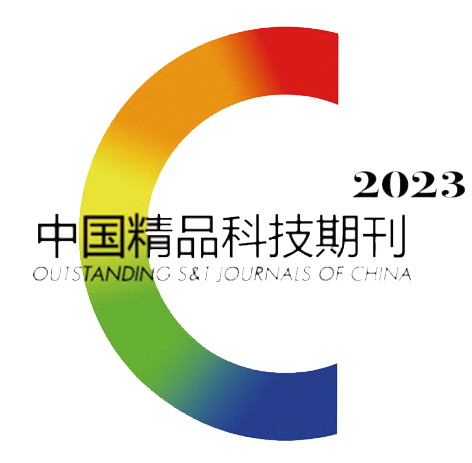Abstract:
In order to investigate the characterisation and biological activity of the leaf protein extract of
Lycium barbarum, alkaline extraction and acid precipitation method was used to extract
Lycium barbarum leaf protein extract. And the physicochemical properties, functional properties, structural characterisation and bioactivities of
Lycium barbarum leaf protein extract were analysed by the methods of water holding capacity (WA), oil-holding property (FA), thermal stability (TM), solubility (PS), froth capability (FC), emulsification capability (EC), and other indexes as well as by the sodium dodecyl sulfate polyacrylamide gel electrophoresis (SDS-PAGE), scanning electron microscopy (SEM), ultraviolet-visible spectroscopy (UV), Fourier infraredspectroscopy (FT-IR), and X-ray Diffraction (XRD), and the
in vitro radical scavenging assays and enzyme inhibition assays. The results showed that the total amino acid content of
Lycium barbarum leaf protein extract reached 344.00±10.49 mg/100 g, the molecular weight ranged in 40 to 55 kDa, the water WA and FA property were 2.70 and 3.43 g/g, and the denaturation temperature was 85.73 ℃. With the increase of pH, the PS, FC, EC and froth stability (FS) of
Lycium barbarum leaf protein extract showed a tendency of first decreasing and then increasing, while emulsion stability (ES) was exactly the opposite. The surface of
Lycium barbarum leaf protein extract had tightly connected pores and was in the form of lumps of uneven sizes, with characteristicabsorption peaks near 270 nm, appearing amide A, B, Ⅰ, Ⅱ, Ⅲ bands, and a complete triplehelix structure. The scavenging rate of superoxide anion and hydroxyl radical was 37.73% and 35.38% at the concentration of 10 mg/mL of
Lycium barbarum leaf protein extract, respectively. The IC
50 of
α-glucosidase and
α-amylase was 9.88 and 21.09 mg/mL, respectively. In conclusion, the
Lycium barbarum leaf protein extract was characterised and structurally stable, had certain
in vitro antioxidant capacity and could inhibit the activity of enzymes related to blood glucose metabolism. This experiment provides theoretical basis for the development, utilisation and deep processing of
Lycium barbarum leaf protein extract.




 下载:
下载: